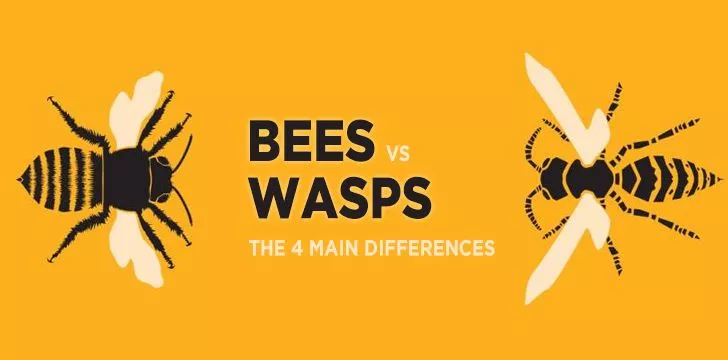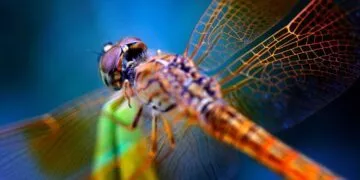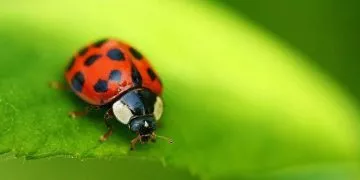Bees and wasps are two creatures that are extremely similar, and to the normal eye the differences are hard to see.
There are quite a lot of differences; we will discuss the main ones here.
They are of a similar color; however the way they act and the way they look are very different to each other.
Both insects belong to the order Hymenoptera, which shows that they are similar.
However, there are more than 25,000 different kinds of each insect!
Difference #1 – Feeding
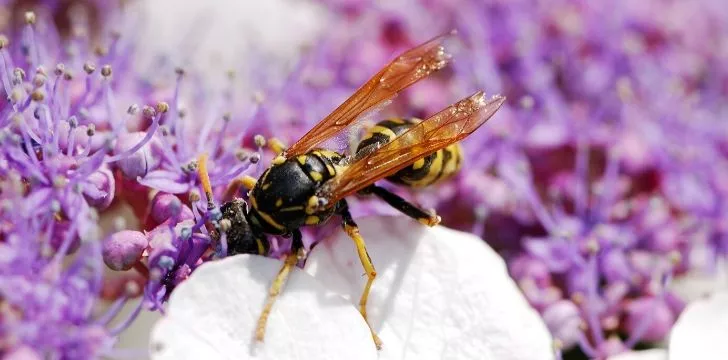
Wasps are predators. They generally eat fallen fruit and other insects, such as flies and caterpillars.
Adult wasps often feed on nectar.
Wasps seem to enjoy sweet food which is why they will often be near a fizzy drink left outside.
Wasps have been seen going into bee’s nests to eat the honey and bee larvae.
Bees are pollinators and they generally eat pollen and nectar from many different flowers.
Pollen is a powdery substance produced by plants.
This provides all the nutrition a honeybee needs.
They also collect the nectar which is a liquid found in flowers and this is what they convert into honey.
Honeybee larvae often eat honey itself. Bees have also been seen eating certain varieties of fruit!
Difference #2 – Behavioral Characteristics
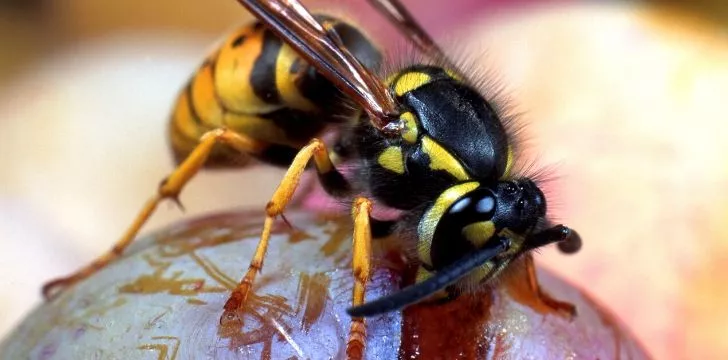
The majority of wasps’ prey on other insects.
Wasps are more naturally aggressive when compared with a bee.
A wasp can keep on stinging a target multiple times.
Bees are generally non-aggressive, especially compared to wasps.
Bees do not prey on other insects.
A honey bee’s sting will kill the bee once it has been used.
It can only be used once and is fatal to the bee.
Other bees can sting multiple times; however this is less common.
Difference #3 – Nests
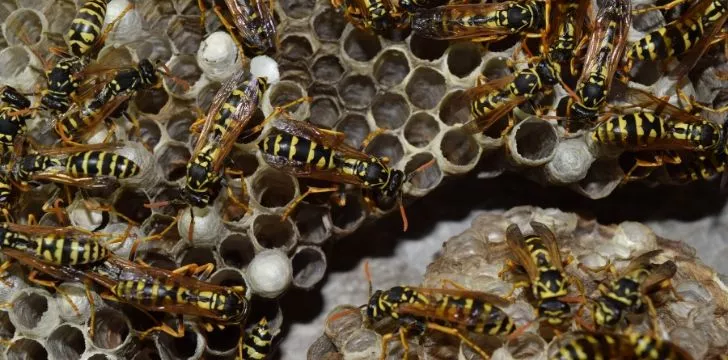
Wasps tend to live in smaller colonies compared with bees. They generally have a population of less than 10,000.
The queen wasps build their nests. They are hexagonal paper like nests made from chewed up woods.
They are very good architects.
Wasps also hibernate throughout the winter and then build a new nest ready for the next year.
Honey bee nests can be found underground in abandoned burrows or sometimes in dense grass or amongst leaves on the ground.
The bees are normally seen surrounding the nest.
The honey bee colonies can reach populations of over 75,000! The honeybee has the largest colony and home of all the bee species.
Bees do not hibernate; they live on their food reserves.
Worker honey bees maintain their hives and this creates heat which helps the bees to survive through the winter.
Beehives are the man-made homes of bees due to their monetary value, however in the wild they are simple called bees’ nests.
Difference #4 – Physical Characteristics
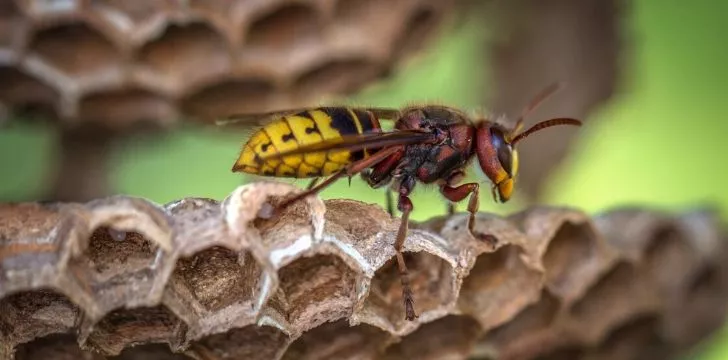
Wasps have a smooth body and smooth legs. They are long and thin, and have a narrow waist. They have dangling legs, with two pairs of wings.
However, some species of wasps are actually wingless!
Wasps are also normally brightly colored, often yellows and blacks.
Wasps also tuck their legs in when they are flying.
Bees have a hairy body and hairy legs.
They have wider legs than wasps as they need to carry pollen from flower to flower.
They have long and robust bodies. They also have dangling legs and two pairs of wings.
Another similarity is that they are also normally brightly colored with yellows and blacks which is often where the confusion lies in identifying the differences between the two.
Bees are also different to wasps as they do not tuck their legs in when they are flying.
Summary of Differences
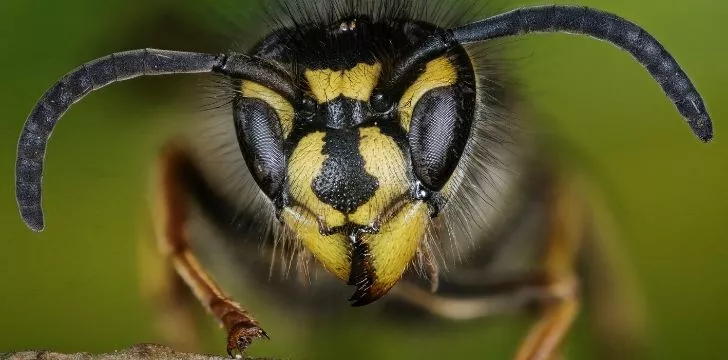
Bees and wasps are very different creatures. They feed differently; one is a pollinator, the other a predator.
They act differently to each other. Wasps can be very aggressive, as bees are only aggressive when agitated.
Wasps and bees do live in slightly similar nests. However wasps generally are less social and live in smaller colonies.
Finally, there are many physical differences between the two, a great example of this is wasps have a smooth body and bees have a hairy body!
